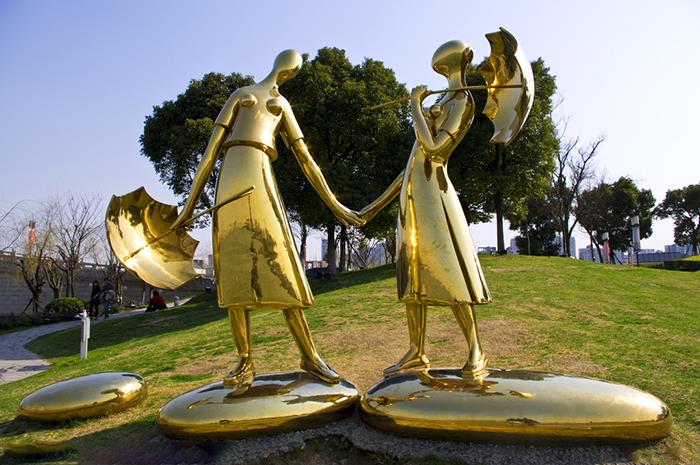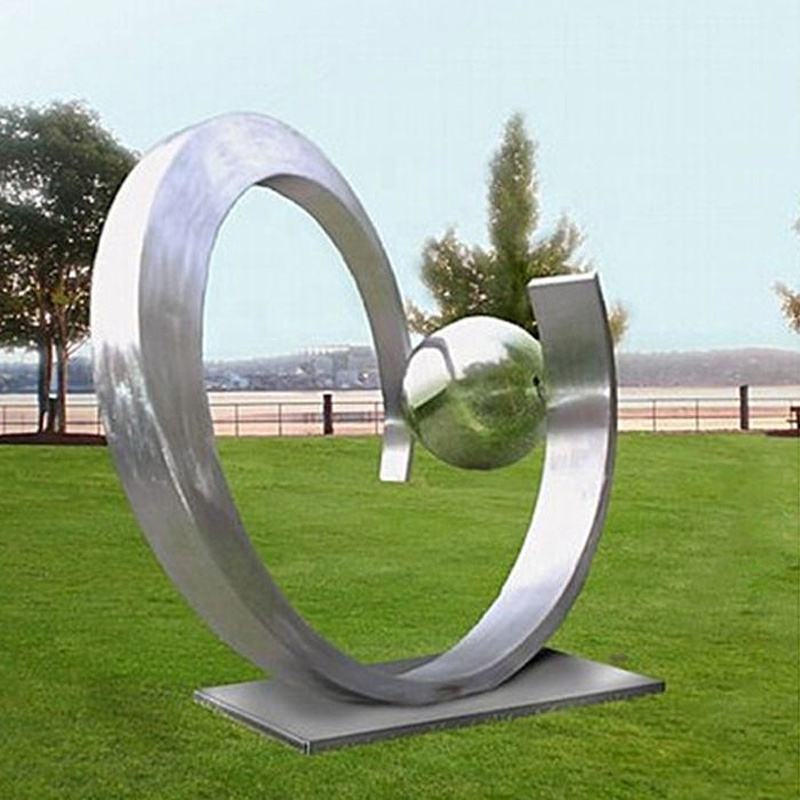We know that urban sculpture is a kind of sculpture works of art that acts on the urban public landscape. It has been endowed with many functions, but it mainly includes the following three types:

1、 Inheritance and commemoration of information
As we know, the inheritance of historical and cultural information is largely based on books. Since the emergence of urban sculpture, there has been another way of information inheritance. This way is a more intuitive form, so that people can feel the history and culture of different periods through vision, so that people can have a continuous impact on some important events in the past, which can play a very good role in inheritance and commemoration.
2、 Symbol of spiritual culture
Every nation has its own national spirit and culture, and so do cities. Urban sculpture is an important part of urban spiritual culture, which is hard to replace by many other art forms. It can well reflect the cultural taste and spiritual outlook of a city. A good urban sculpture is often likely to become an important symbol of a city, a region, and even the whole nation.
3、 Artistic decoration of landscape
In addition to the above two functions, urban sculpture also plays a decorative role. It can not only enrich people’s spiritual life as we said above, but also enrich and beautify people’s living environment space. Urban sculpture is a kind of beauty transmission, which can let us find the meaning in life, so as to make life more colorful.

Art has charm and magic that we cannot imagine. It can not only change our environment, but also enrich our spiritual world. Urban sculpture is a functional public landscape art, an important part of urban environment, a symbol of urban culture, and a symbol of the spirit of the times. In fact, there are many functions of urban sculpture, but in any case, almost every urban sculpture has the above three functions. In the urban space environment, urban sculpture plays a positive role and influence in the form that other arts cannot replace.
